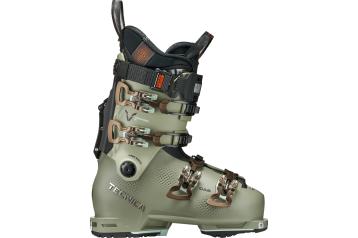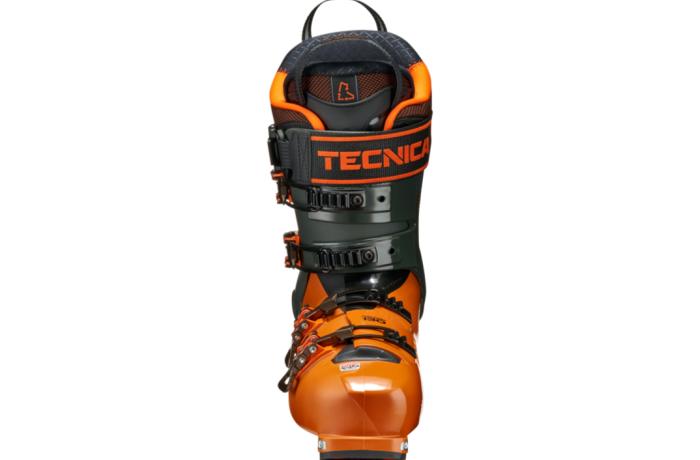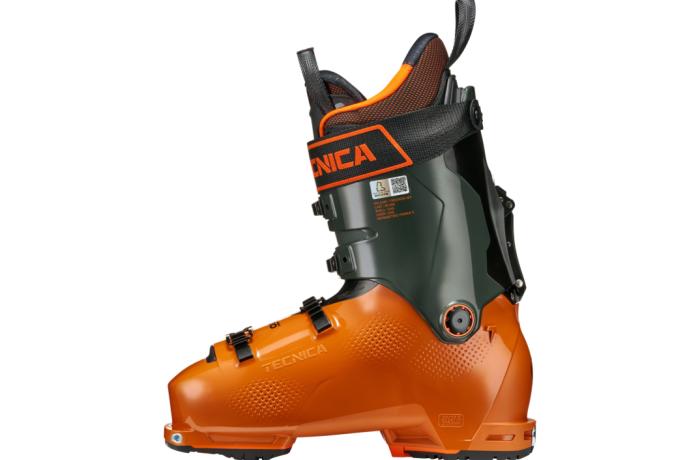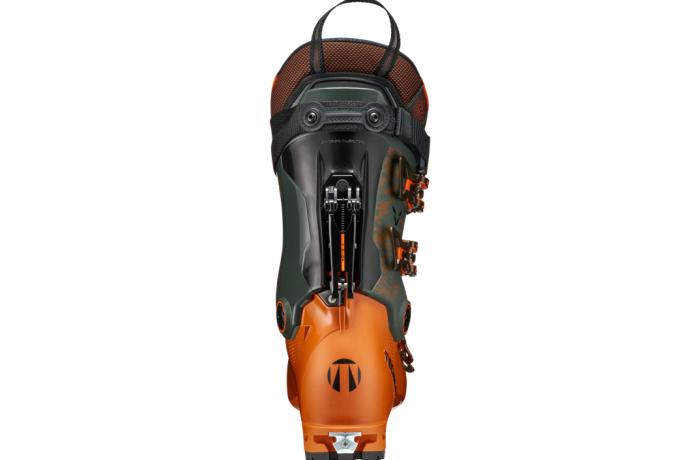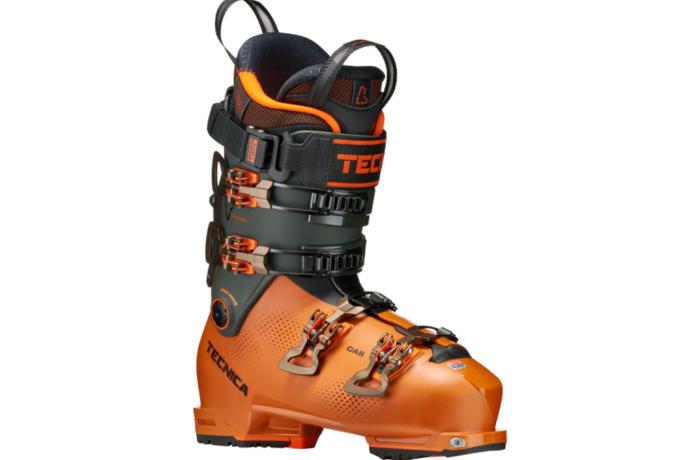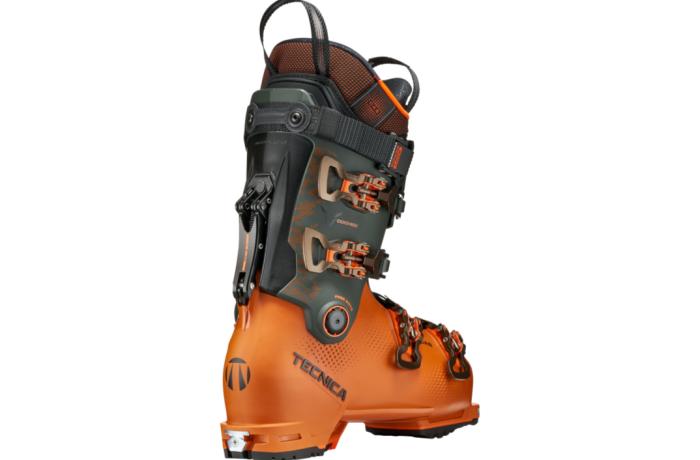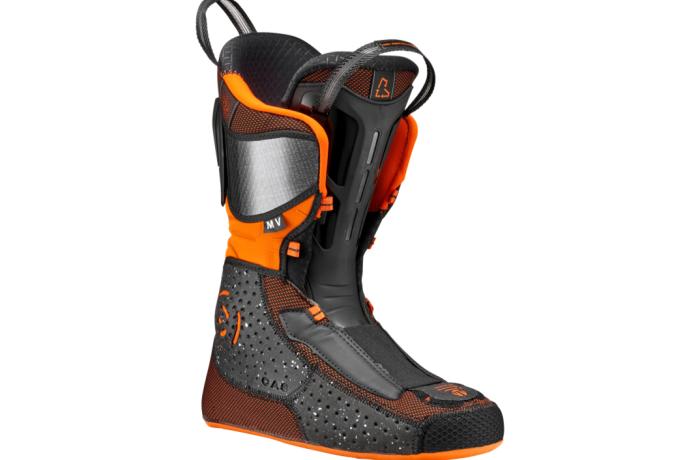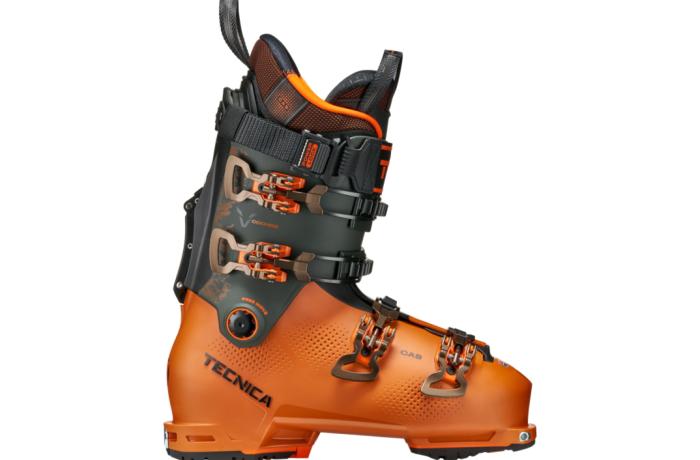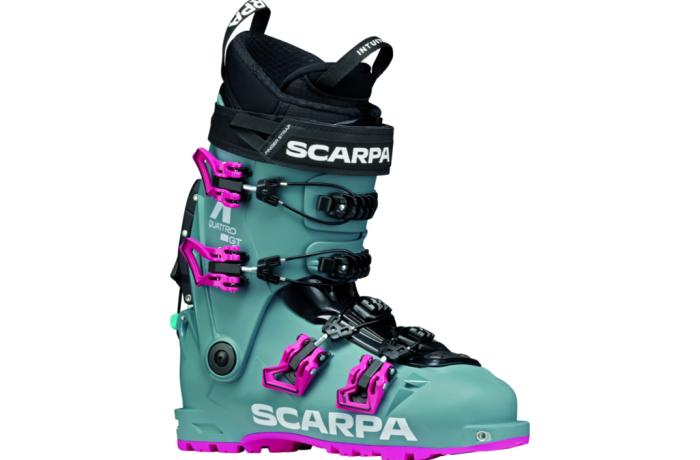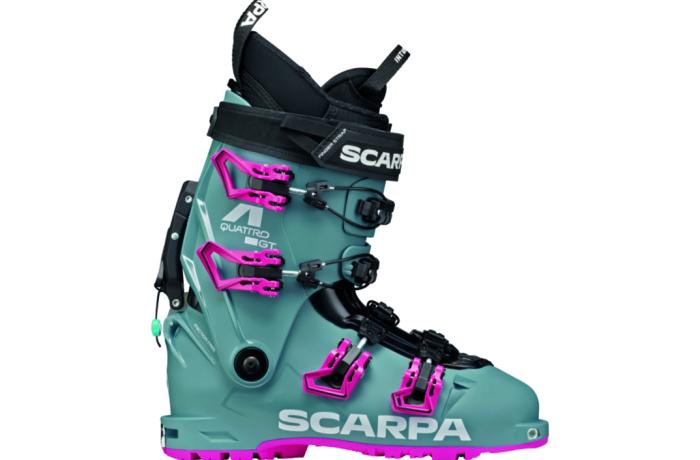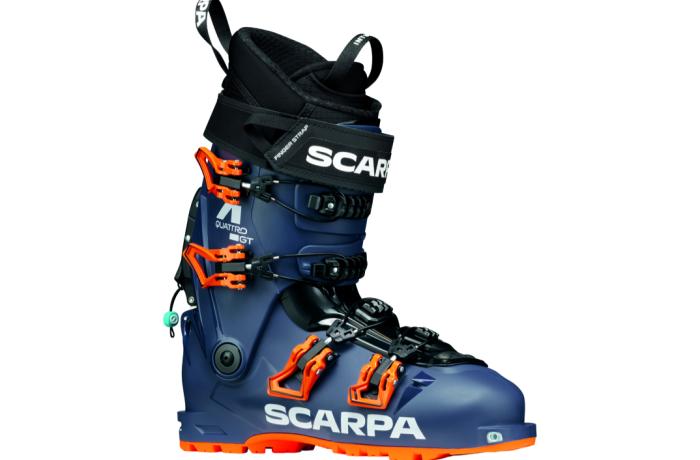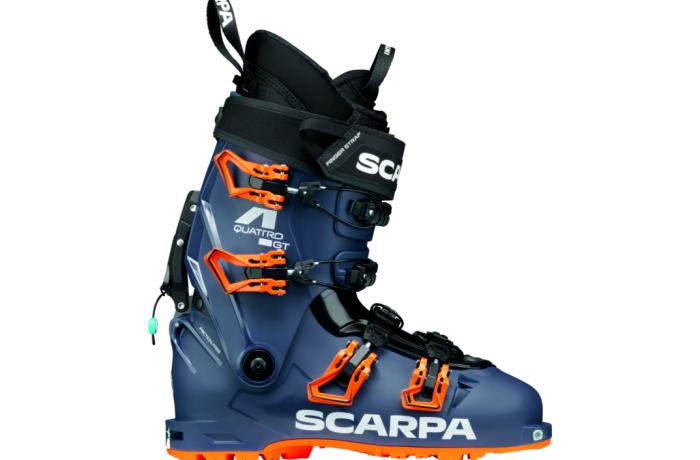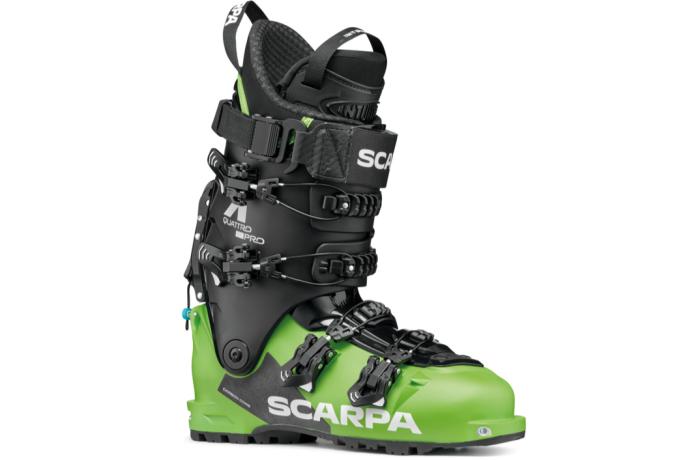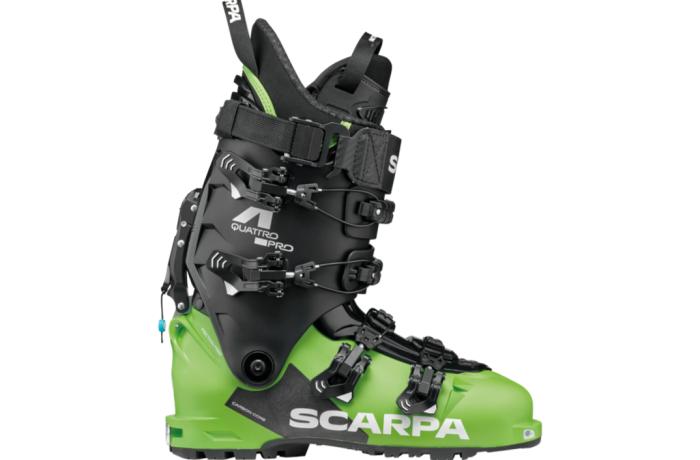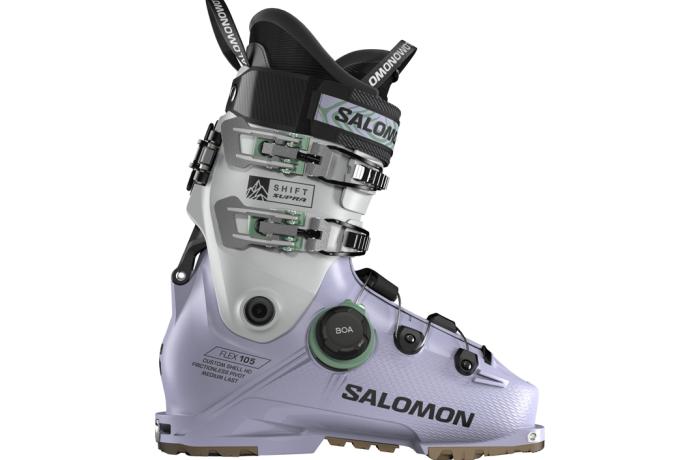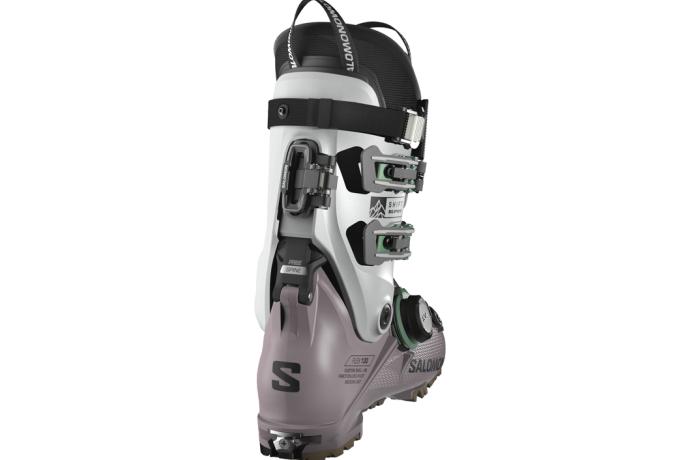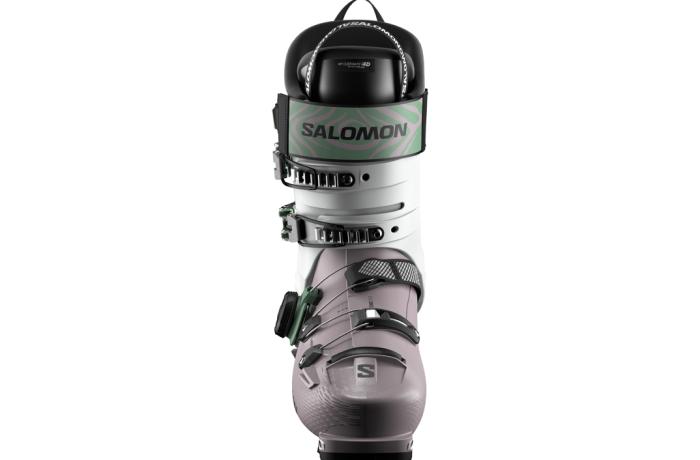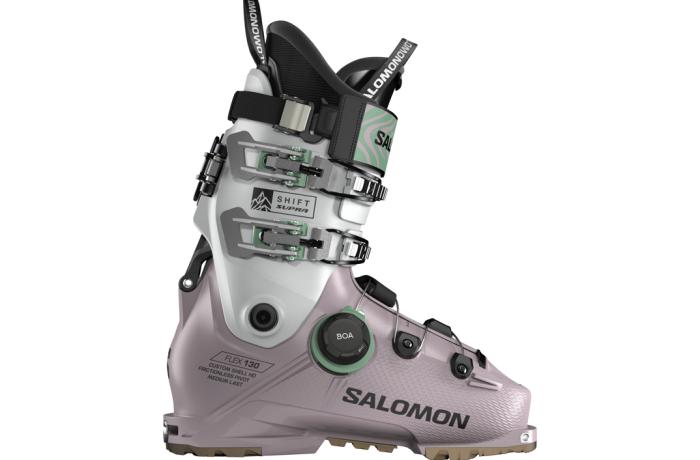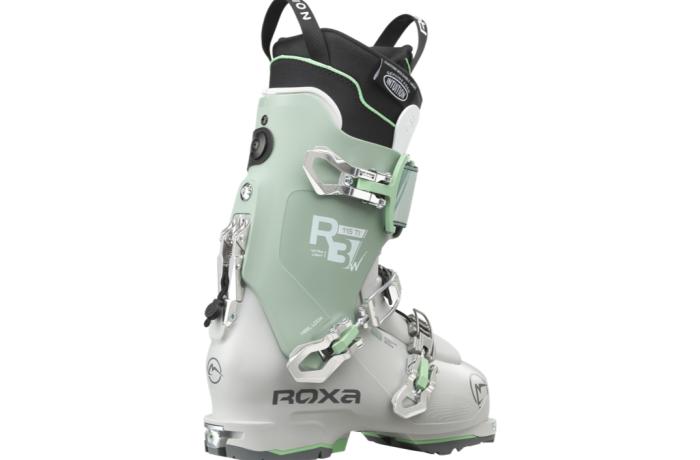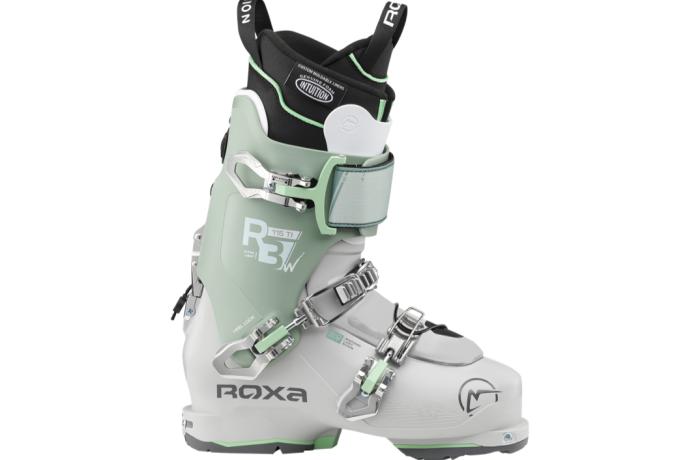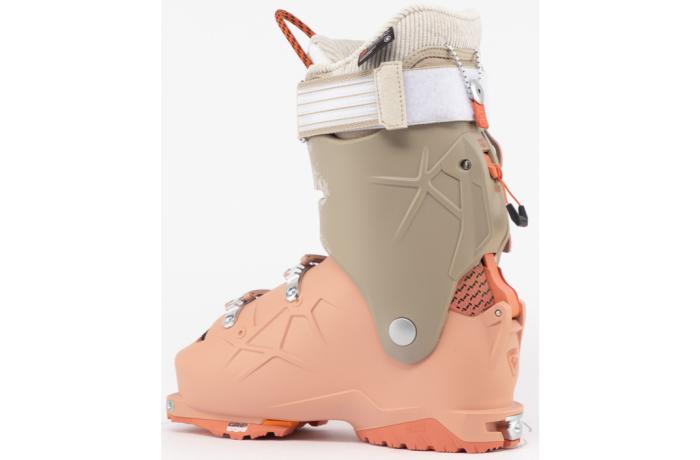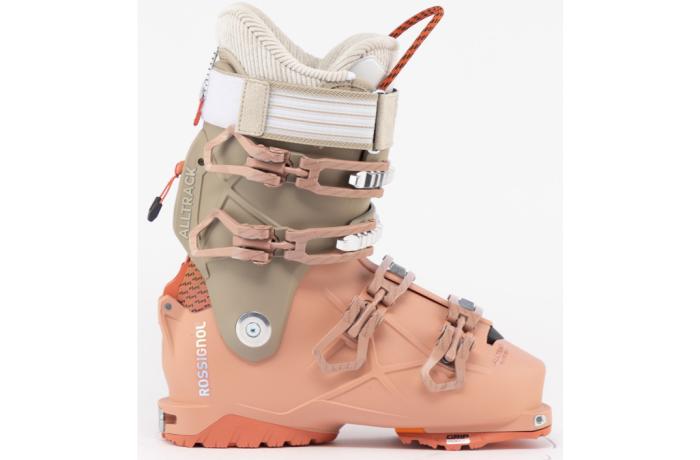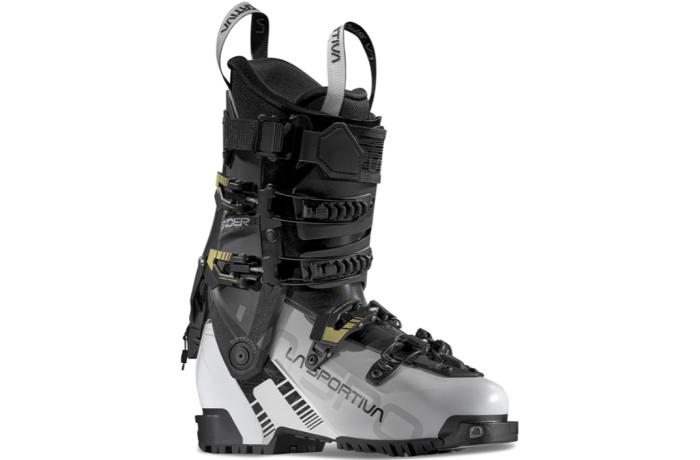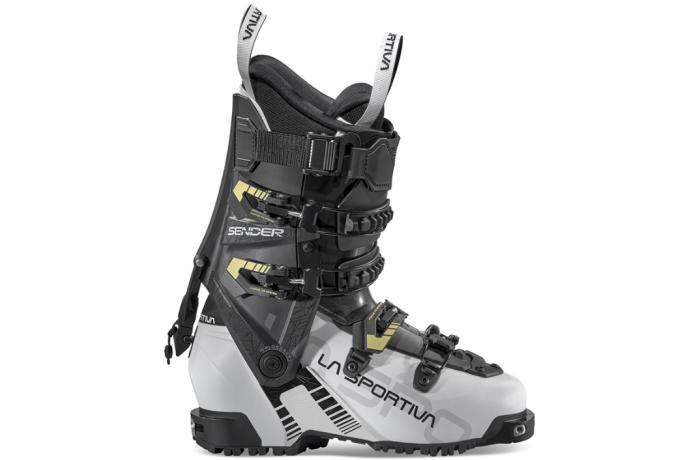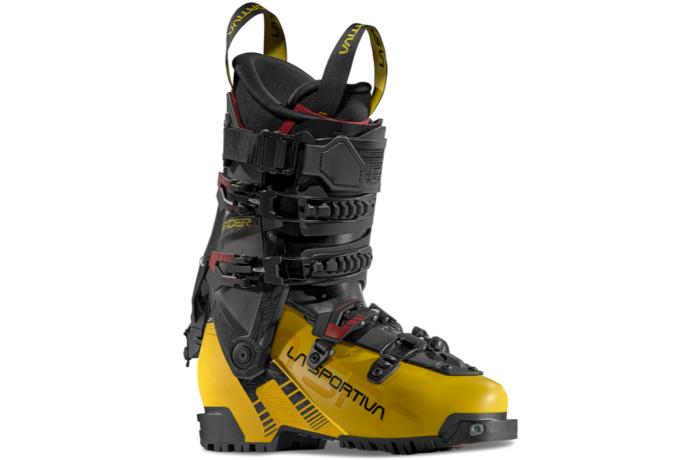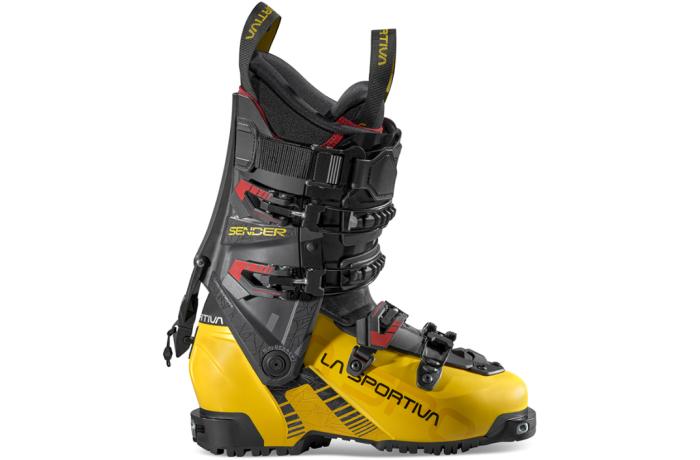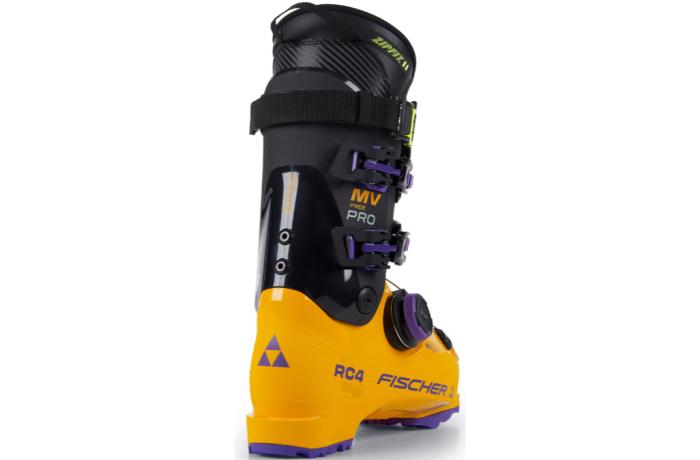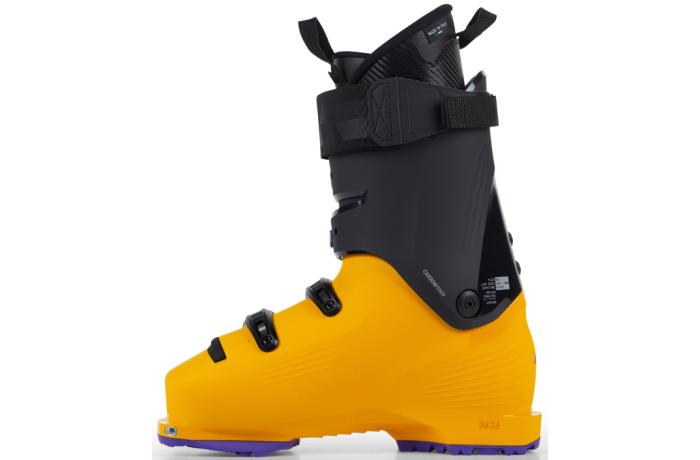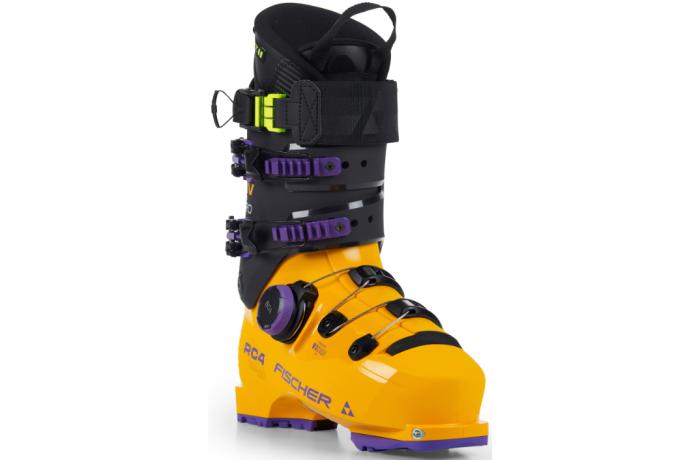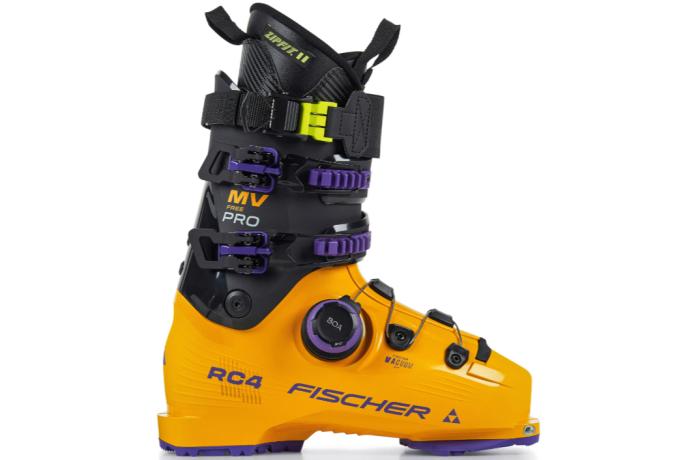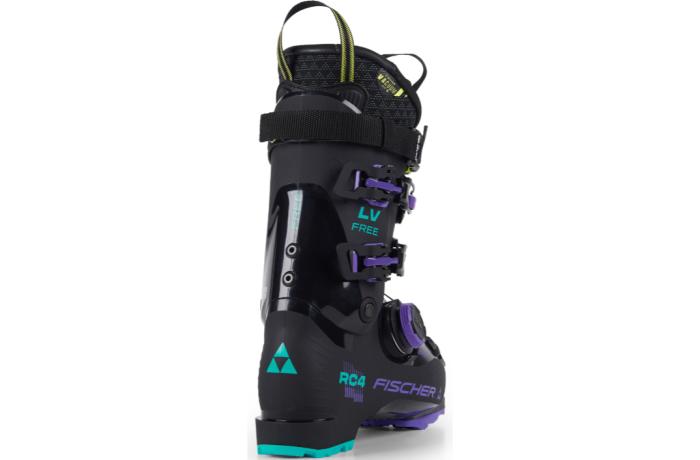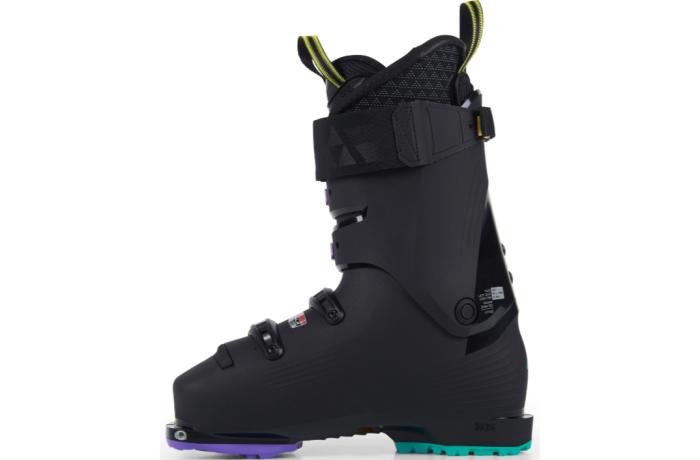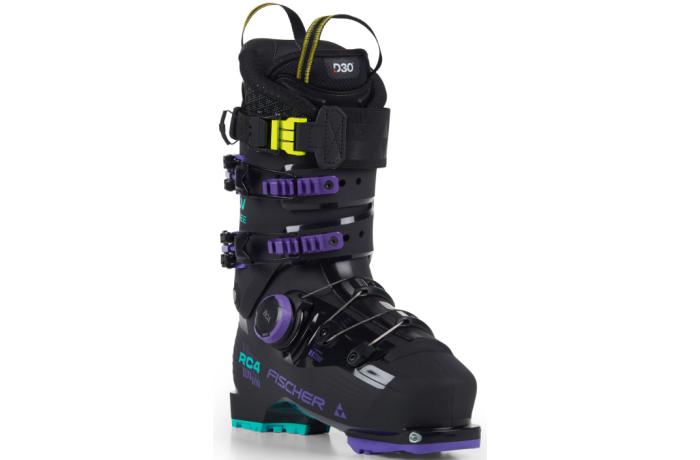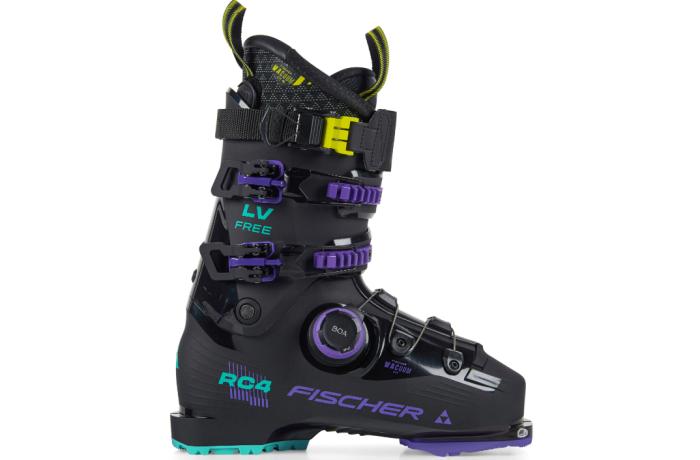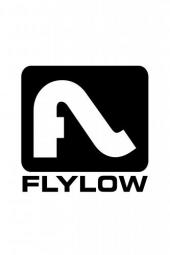Why is the Tecnica Cochise 130 the Best in Test, again? It’s because it is the versatile, MVP sort of boot that simply excels—not just in playing different positions but also across different leagues. Case in point, in the testing we did for SKI magazine this year, we pooled the best models from both the tech-compatible but resort-capable freeride class and the lighter, longer-striding backcountry touring bunch. The Tecnica Cochise can play both sides admirably well, though we have to admit, its skiing power plants one foot a bit more firmly on the resort side of that cross-category borderline.
When testers are putting a boot through its paces in this semi-combined category they really want to figure out if this boot fits as well as some of the best fitting boots on the market--or is it hoping to get a pass on its fit based on strong performance? They also want to know if it skis as well as a fixed cuff all-mountain boot--or is a skier supposed to forgive any weakness there on account of how well it tours? Testers say that the Cochise is one of those boots that fits and skis as well as any other boot we test, period, and it has what it takes to get a skier out a gate, up to a hut, or even (ugh) uphill within a ski resort’s boundary.
Of course, testers say that just because a freeridey, backcountry-ish boot tops the class for fit and performance and also handles itself well on a tour doesn’t mean they’ll overlook difficult entry or fussy buckles. It so happens that the Cochise had no flaws in that regard, testers assured. In fact, while the Cochise’s plastic chassis (shell and cuff) remain unchanged this year, the liner is completely revised and those two elements above are some of the happy beneficiaries of that update. The 130’s firmer liner is less prone to crumpling down on entry and the liner’s, Achilles tendon area offers slightly smoother material to help the heel glide down to its pocket, unimpeded. The cuff release apparatus brings a delete of its miniature lock-out switch because, well, because nobody could hardly see it, much less care about using it—so, buh-bye. And there are some other nice touches like nixing a fiddly touring buckle catch for less cumbersome touring and switching up its ground game to a firmer polyurethane grip sole for longer wear.
Interestingly, this year Tecnica also decided to jettison the Cochise’s on-board Recco chip at the request of many professional ski patrollers who use the boot but whom often are required to remove any distracting Recco reflectors from their person for the sake of more effective victim searches.
Leave it to Tecnica to give us more by giving us less—thanks for that, Cochise.
